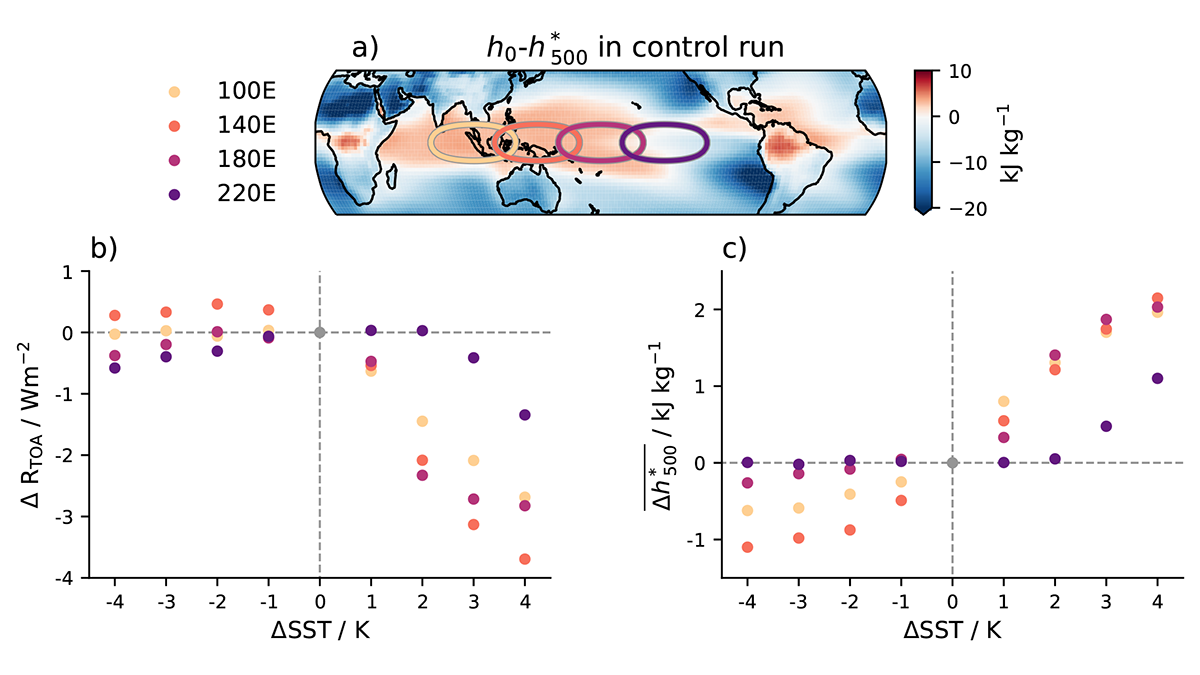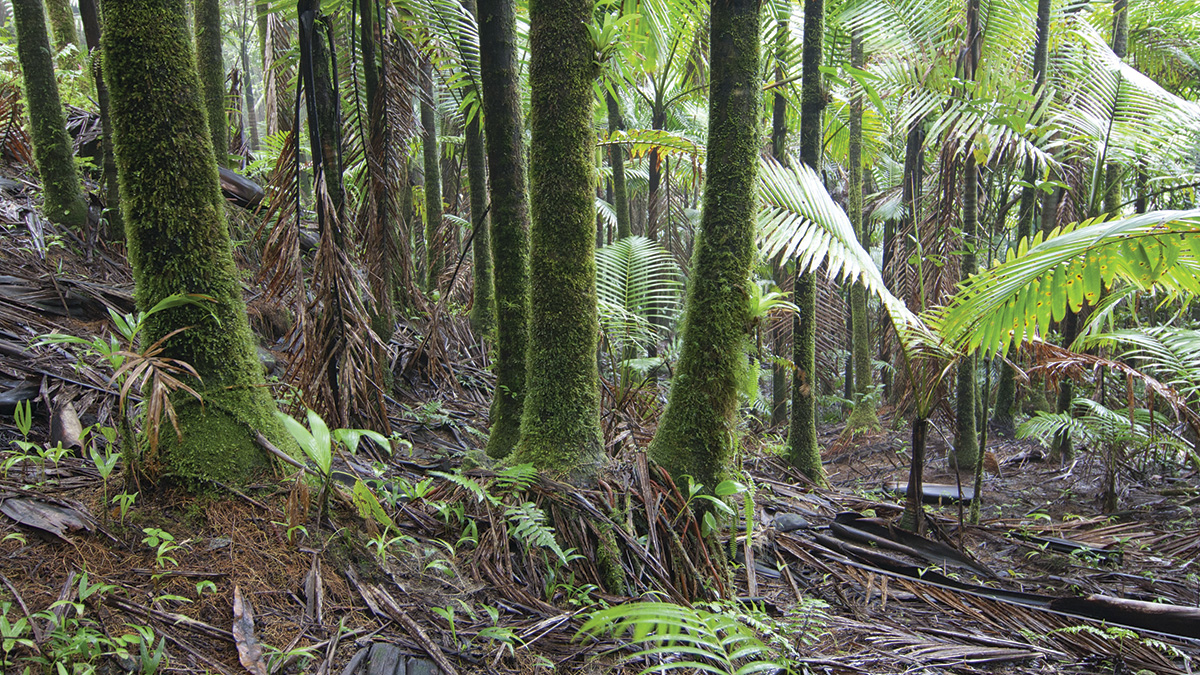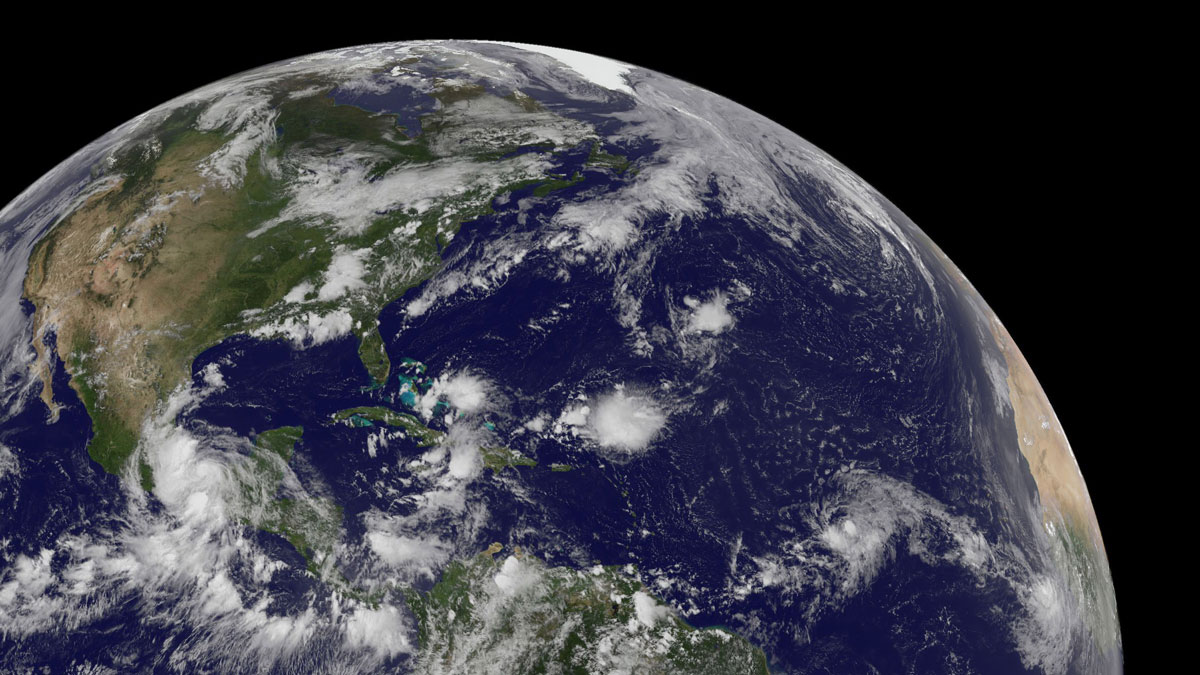Tropical weather is unpredictable, but a new tool could help farmers get a better grasp on it.
tropics
New Theory Explains Radiative Cooling of the Lower Atmosphere
The shape of radiative cooling in lower atmosphere is controlled by the lapse rate in the water vapor path according to a new theory and observations from subsidence regimes in the tropical Atlantic.
Non-Linear Climate Response to Tropical Sea Surface Temperatures
A new study shows the importance of considering non-linear responses to isolated sea surface temperature (SST) changes and the implications for the linear frameworks used to quantify the SST pattern effect.
Examining Aerosol-Cloud-Climate Interactions at a Large Scale
A new numerical setup demonstrates that aerosols could affect clouds, and hence the radiation budget, thousands of kilometers from their location.
How Much Greenhouse Gas Do Tropical Soils Emit?
New research found that tropical soils emit nitrogen mostly as inert dinitrogen rather than as greenhouse gases.
A Theory of Squall Lines
About 50 years ago, vorticity thinking helped unveil basic properties of squall lines. Zhang now provides a closed theory, demystifying one of nature’s most important forms of convective organization.
Protecting Poor Neighborhoods from Landslide Risk
As low-income, informal settlements bloom in the tropics, their risk of landslides increases. A new modeling tool incorporates urbanization factors to protect the region’s poorest neighborhoods.
Linking African Winds to Atlantic Storms
Simulations suggest that waves in the atmosphere above northern Africa influence the intensity, timing, and location of formation of Atlantic tropical cyclones.
Monitoring Moisture from Afar
Undisturbed tropical rain forests are experiencing more frequent droughts, but the ecosystems are isolated and difficult to assess. Scientists are using remote sensing to expand the depth and scope of monitoring efforts.










